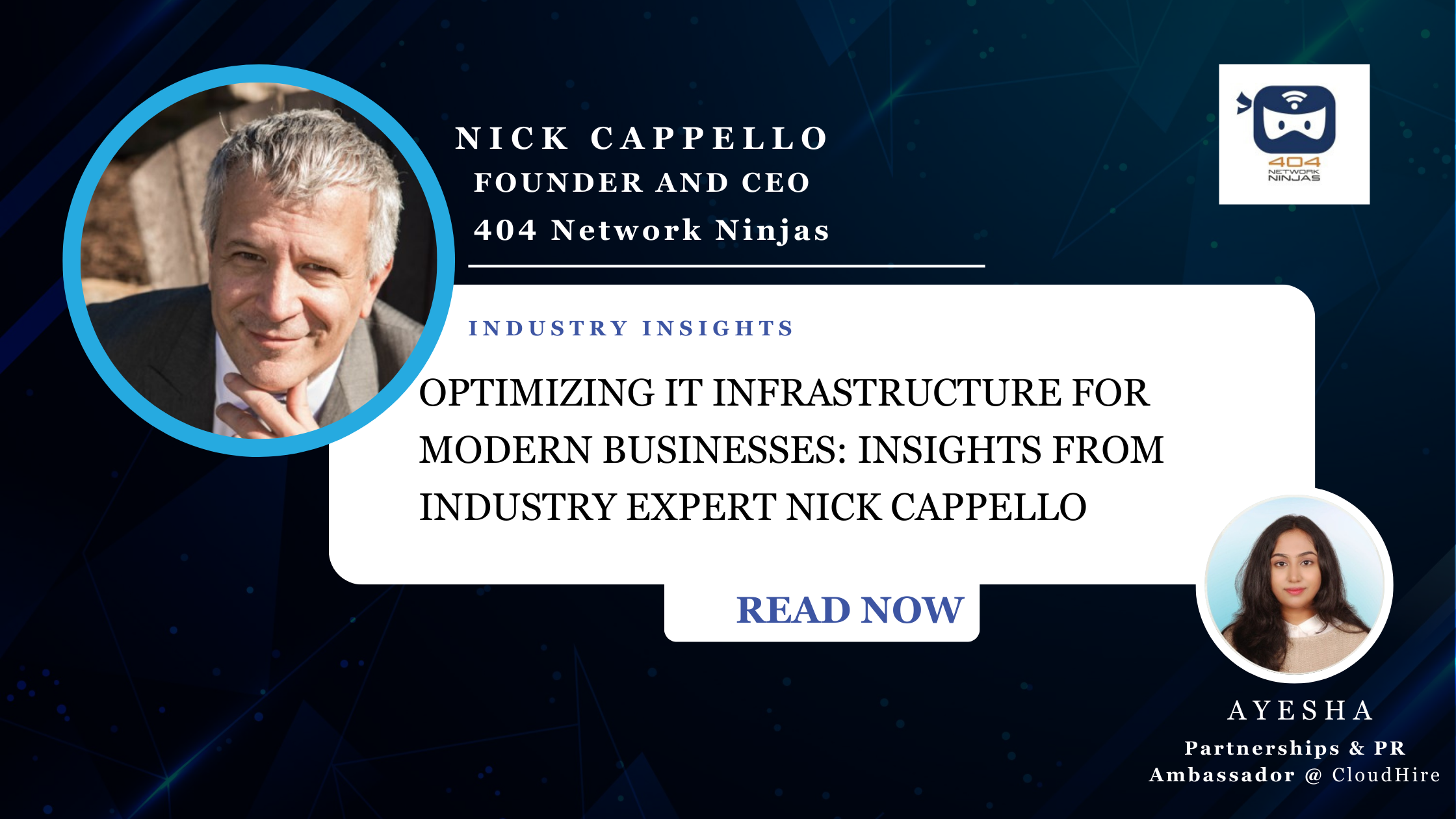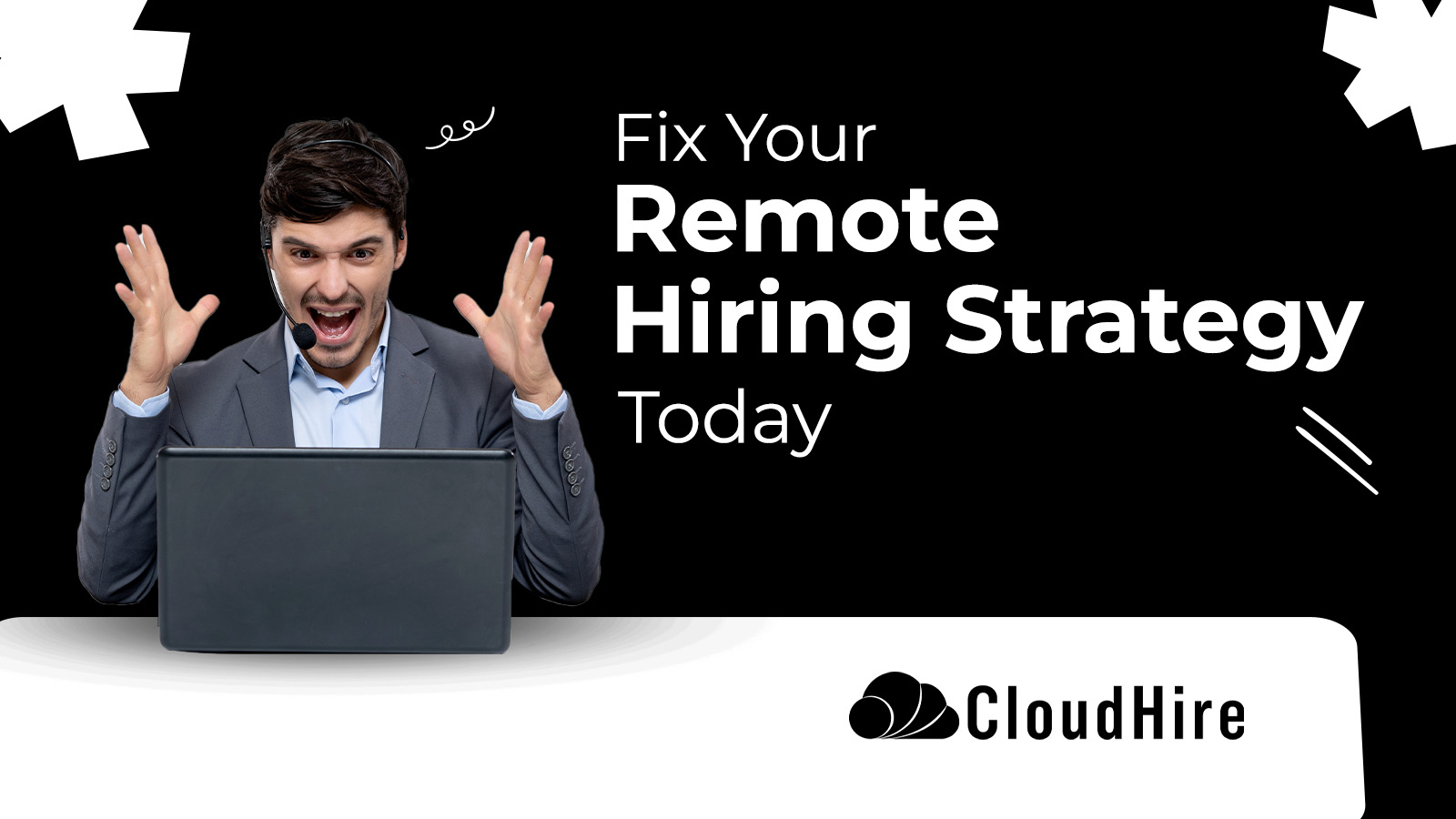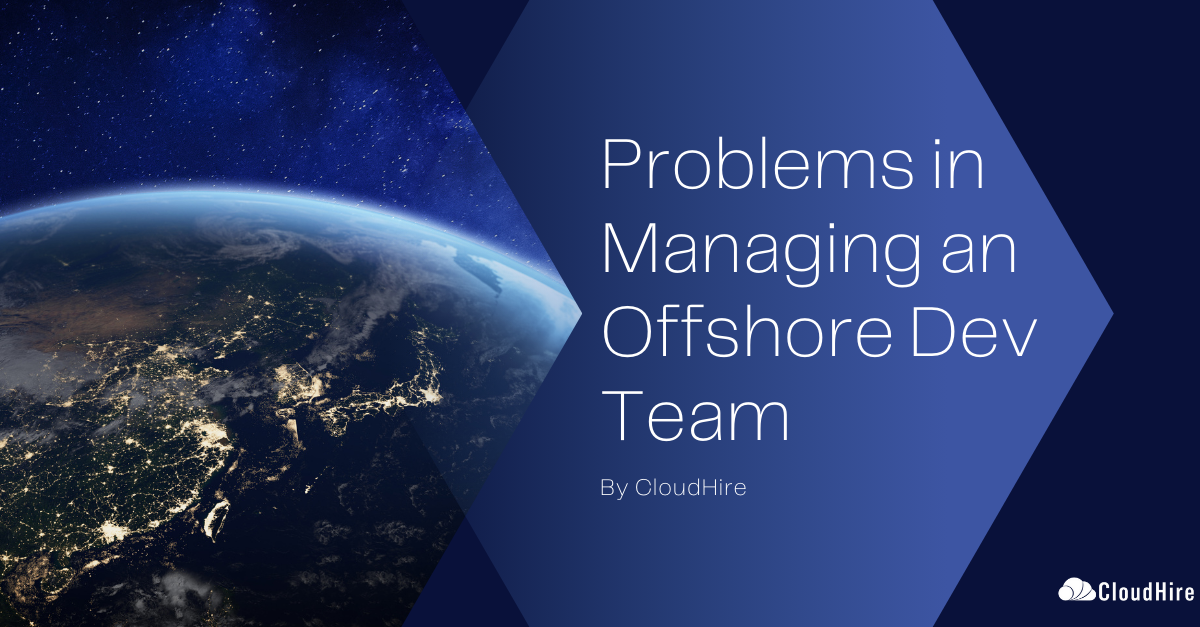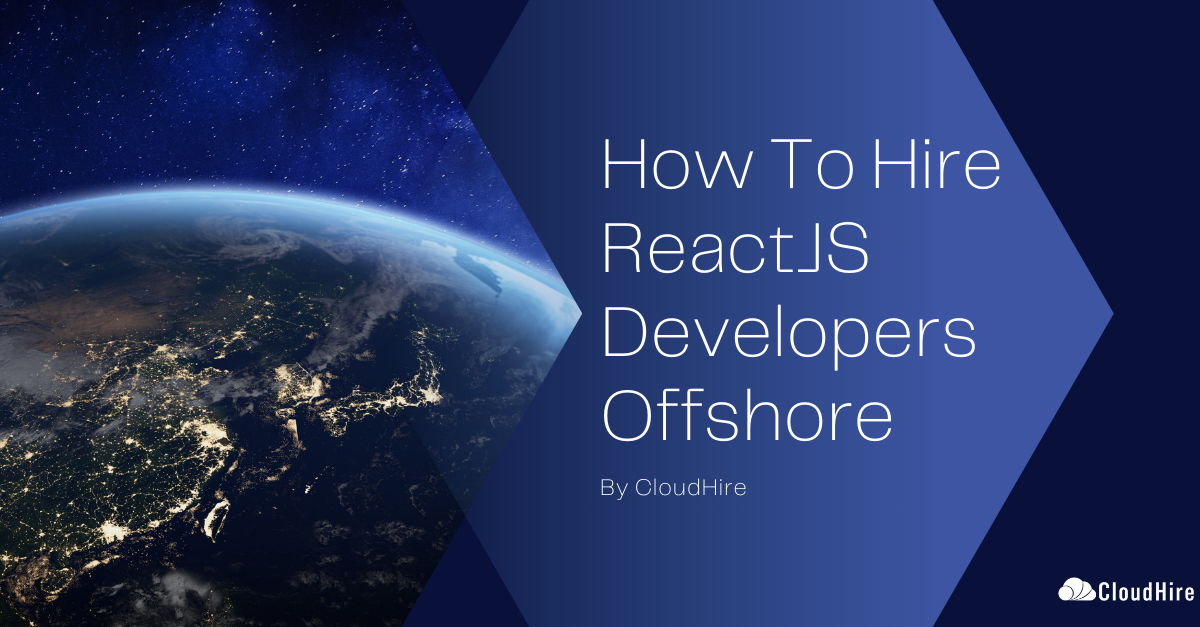Knowing when to expand your team is crucial for sustainable growth in today’s dynamic business landscape. This article explores key considerations for making informed hiring decisions, focusing on strategy, return on investment (ROI), and the impact of remote work.
Hiring Strategy and ROI

When contemplating new hires, viewing the process as a solution to a specific business problem rather than a routine expansion is essential. In a recent conversation with CloudHire’s CEO – Sufiyan Ishaq, Margaret Gabriel, Head of Talent at Coinfund, shared valuable insights about the best approach to developing a hiring strategy. She leads the training and development wing and helps achievers become leaders. She has ensured that top talent reaches Coinfund and also helps in executive coaching. Margaret’s vast experience in the field says that treating hiring as a budget exercise ensures that each addition to the team is financially justified and aligns with the company’s goals.
Why? Hiring is a critical investment. With payroll often being the largest company expense, each new hire represents a significant commitment of resources. This investment demands measurable returns across multiple dimensions. New employees must effectively address the specific challenges they were brought on to solve, while also contributing value beyond their initial scope. A careful evaluation of hiring needs and potential impact is essential to ensure optimal use of company resources and drive meaningful results. If you’re asking yourself how does one identify if a hire is required? Answer the following questions:
- What specific challenge or gap is our organization currently facing?
- In what ways can we be confident that bringing in a new employee will address this challenge?
- What key responsibilities and actions will this new hire undertake to make an impact?
- How will our situation improve within six months if we proceed with this hire?
Margaret suggests that answering these questions will help you understand whether or not you’ll get a high return on your investment. The emphasis on ROI for new hires cannot be overstated. So, before making an offer, carefully consider how the potential employee will contribute to the bottom line. Will their skills and expertise bring in more revenue, improve efficiency, or solve critical challenges?
Once you have answers to those North Star questions and decide to hire, analyze your current team and determine deficiencies to fill or strengths to capitalize on.
- How mentally and emotionally committed are the people who sit on your team toward the company?
- Does your team have high engagement?
- How are people performing?
This will help you analyze how potential new hires engage with your team before they become a part of the company. Your team represents the company and its culture for the potential candidates until they get an offer. It is these people that either drive the best talent toward your company or away from it. So pick wisely from hire number one.
The next step? Take action. One situation could be that you might identify that although the team is fully staffed, the performance is not quite hitting the mark. So, track performance and see who is still an asset, who has become a liability, and why there is a gap. If you can remedy the situation, prioritize that over a new hire. If it cannot be remedied then cut your losses quickly by firing the ones who are not performing and hiring someone else to replace them.
Assessing Your Current Capacity and Workload

The next aspect to look at before deciding to hire is conducting a thorough assessment of your current team’s capacity and workload. This involves analyzing productivity metrics, identifying bottlenecks, and evaluating the distribution of tasks among existing employees.
Start by gathering data on current projects, deadlines, and individual workloads. Look for patterns of overwork or underutilization. Are certain team members consistently working overtime while others have spare capacity? This analysis can reveal whether you need to hire or simply redistribute responsibilities more effectively.
Consider implementing project management tools or time-tracking software to gain a more accurate picture of your team’s capacity. These tools can provide valuable insights into where additional support is needed and help justify hiring decisions to stakeholders.
The rise of remote work has significantly impacted hiring practices and company culture. For example, Margaret shares that CoinFund has adopted a mostly remote model with a global presence, reflecting a growing trend in the industry.
Remote work offers several advantages:
- Increased diversity by tapping into a global talent pool
- Expanded access to skilled professionals regardless of location
- Greater flexibility for employees, potentially leading to higher job satisfaction
However, it also presents challenges:
- Communication can be more difficult without face-to-face interactions
- Building trust and strong relationships among team members may require extra effort
- Maintaining a cohesive company culture in a distributed environment can be challenging
To address these issues, companies must prioritize intentional culture-building in remote settings. This may involve regular virtual team-building activities, clear communication protocols, and creating opportunities for informal interactions among team members.
Identify What Your Company Needs

A work model is not a one-size-fits-all. For example, when it comes to talent acquisition in the crypto industry, the landscape is unique. Unlike traditional industries, where talent pools are vast, the crypto sector is defined by its smaller, more competitive talent pool. However, this smaller pool can be easier to navigate due to the community-driven nature of the crypto space.
Recruiting in crypto often relies heavily on networks and relationships within the community. Traditional recruitment channels may need to be more effective, making it essential to adopt a network-based approach. By engaging with the crypto community, attending industry events, and participating in forums, you can identify top talent who may not be active on conventional job boards. This approach not only helps in finding the right candidates but also ensures that they are aligned with the values and ethos of the crypto industry.
Identifying whether a new hire is required in the first place is a crucial decision that needs a decisive decision-maker. Companies like CloudHire can assist in making better talent decisions, not just by offering them the best talent, but also by helping them determine if a new hire is indeed necessary. CloudHire’s consultants work closely with clients to set them up for success, ensuring that the decision to bring on new talent is well-informed and strategic.
The Role of Technology in Hiring Decisions

In today’s digital age, technology plays a significant role in determining when and how to hire. Before bringing on new team members, explore whether technological solutions could address your current challenges more efficiently.
Automation tools, artificial intelligence, and advanced software solutions can often streamline processes and increase productivity without the need for additional human resources. For example, customer service chatbots, automated data entry systems, or project management software might solve your immediate problems more cost-effectively than a new hire.
However, it’s essential to balance technological solutions with the human touch. While technology can enhance efficiency, it can’t replace the creativity, emotional intelligence, and complex problem-solving abilities that human employees bring to the table. Consider how potential technological improvements and new hires could work together to optimize your operations.
Conclusion
Knowing when to hire requires a strategic approach that considers ROI, aligns with your talent strategy, and accounts for the realities of remote work. By carefully evaluating these factors, you can make informed decisions that drive your business forward while fostering a strong and cohesive company culture.








